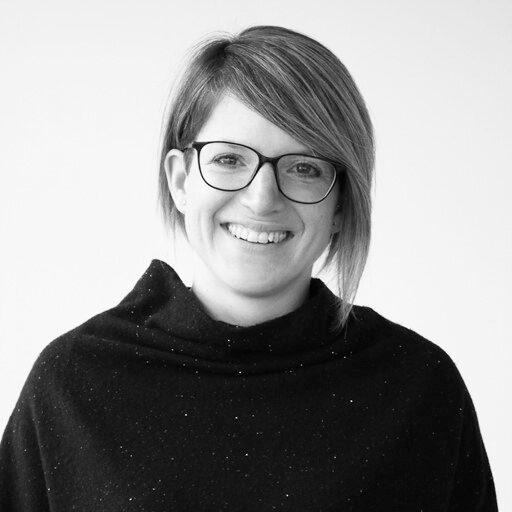A Series of Researcher-Centric Webinars
Maybe you’re brand new to the publishing process, maybe you’re not. But we can all agree that the world of academic publishing is becoming increasingly complex.
We invite you to join us for an engaging series of webinars where we put the researcher in the spotlight. During the sessions, we’ll do 360-degree deep dives into the concept of Open Access and address all types of OA questions and concerns to help you, as a researcher, feel more educated, inspired, and confident in navigating the world of Open Access.
From Research to Publication: A Researcher’s Guide to Open Access
Summary
Thursday, May 12, we hosted our final session in our researcher-centric webinar series. The topic was Open Access agreements – what they entail, why they exist, and how to go about them.
As always, Public Relations & Business Development Manager, Romy Beard, and Customer Care Specialist, Laura Davidson hosted the session and steered us through all the essential aspects of the topic.
To name a few of these, we started with a brief introduction to OA agreements – originally these agreements were developed to cover the cost of OA publication to help increase the level of OA outputs. They’re typically negotiated at the author’s affiliated institution, and, today, they come in different colors and shapes, with different names used to refer to them, and they can also have certain restrictions in terms of what they’ll cover.
At the webinar, we looked into a couple of sample agreements – naturally, every agreement is different, but looking into some of the specifics and quirks that make up an agreement gives an idea of what an agreement can look like.
The role of the corresponding author was brought to the table as well – being the main contact that receives the update on the research and the decisions made along the process. It’s also the contact paying the APC and who might trigger a so-called discount, waiver, or agreement recognition, so, ideally, it’s worth discussing who should have that role if it means that there could be an agreement in place.
But how can you know about the possibility of an agreement? Before submitting, authors can, for instance, use the Journal Checker Tool to see if there’s an agreement in place and if it’s funder compliant. At the American Chemical Society (ACS), authors can use the ACS ChronosHub Journal Finder to find all relevant information.
These steps are important in the journey toward a more ‘open’ world – still, a lot of articles are being published in closed access when they, ideally, should have been published OA. Why? Sometimes an author’s not aware of an OA agreement, the publisher’s workflow didn’t recognize the author, it’s not the right article type, the author didn’t choose the OA option, or maybe the journal is no longer included in the agreement.
It’s important to be aware of these aspects and have the right tools and information at hand to make sure that you’re not missing out on an agreement that could potentially help you on your OA publishing journey.
If you want to hear all the key aspects of the webinar, feel free to have a look at the recording above. Enjoy!
Moderator
Share this post
